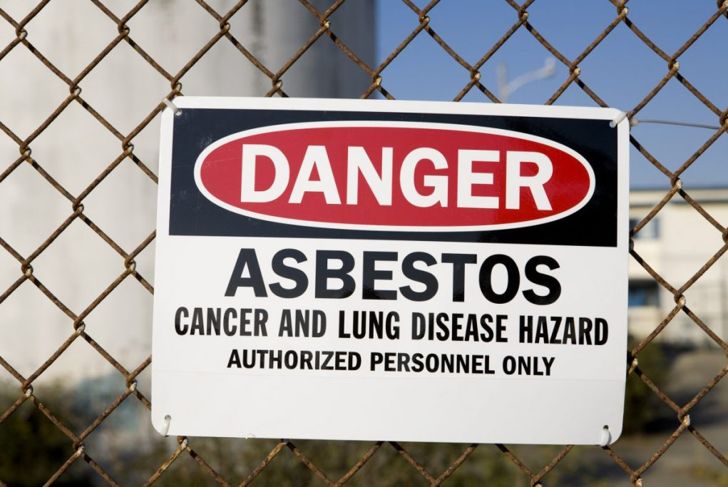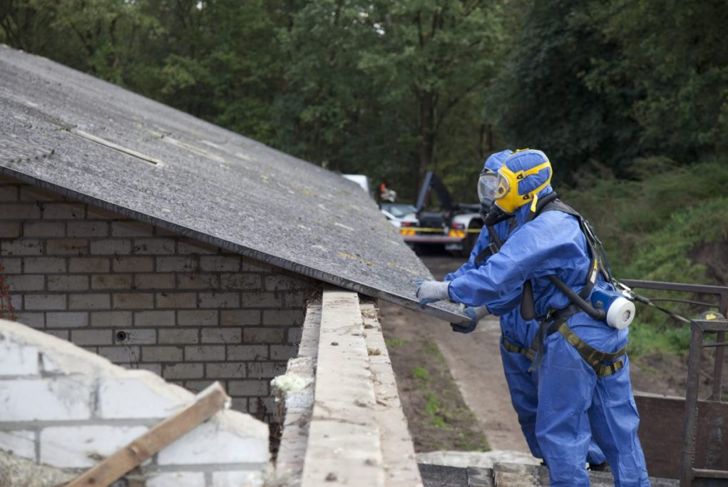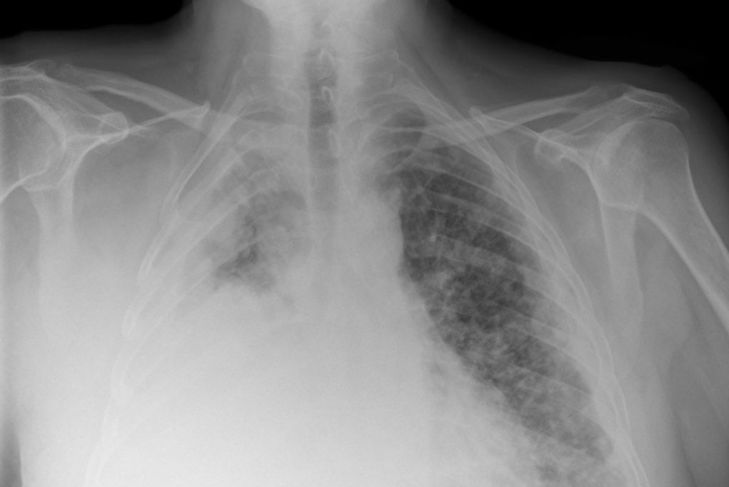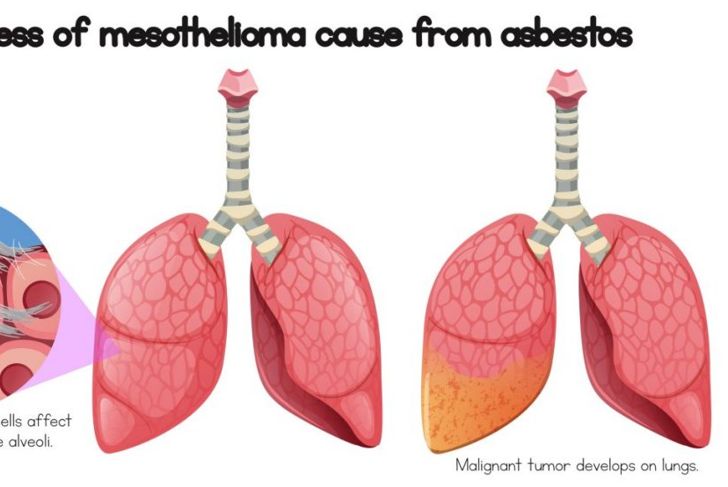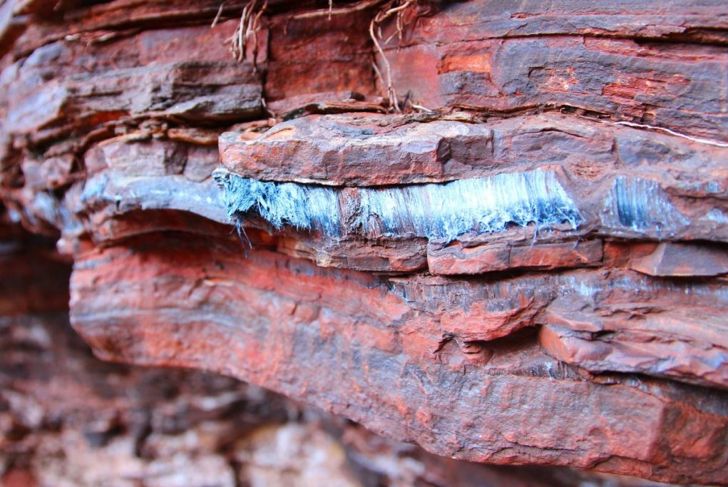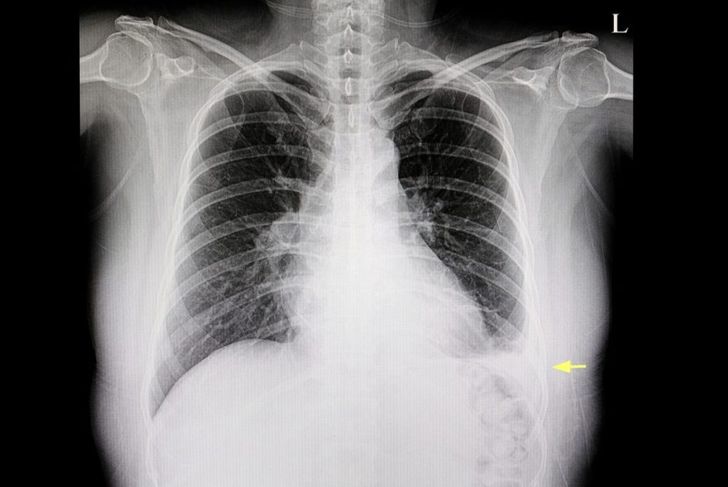Asbestos has been mined since the 1800s for its fire resistance and other useful properties. It is only in the past 40 years that the U.S. Government has banned some uses of asbestos due to health and environmental concerns. Maybe you’ve worked with asbestos before, and you’re concerned about the possibility of having an asbestos-related disease. Perhaps a doctor has already diagnosed you. Either way, you need to get some solid facts about asbestos-related diseases to help you make an informed decision on the next steps.
Asbestos is Made from Six Minerals
Two types of asbestos — serpentine and amphibole — are comprised of six naturally occurring minerals. Serpentine or chrysotile asbestos contains chrysotile, a mineral that can be spun, due to its curly nature. This is the most common type of asbestos. Amphibole asbestos is made from actinolite, anthophyllite, tremolite, crocidolite, and amosite. This type of asbestos has limited use due to its brittle, needle-like composition.
Asbestos is Still Legal in the United States
Although the EPA banned many products containing asbestos and required a phase-out of the substance in 1989, the Fifth Circuit Court of Appeals threw out most of the law in 1991, in favor of the asbestos industry. Although there is significantly less asbestos in the United States than in many other countries, according to Asbestos Nation, some 30 countries have banned the use of asbestos.
Many People Still Die from Asbestos Exposure
In the United States, some 15,000 people die each year from asbestos-related diseases including cancers such as lung cancer, mesothelioma, ovarian cancer, and larynx cancer. Other conditions are also attributed to asbestos exposure: asbestosis, pleural effusion, and pleural plaque. The U.S. Occupational Safety and Health Administration states that there is no safe level of exposure for asbestos.
Symptoms of Asbestos Cancers
Asbestos diseases have different manifestations. Some diseases, such as cancer, may take a long time to appear. Some people with asbestos-related diseases see no indication until ten to 40 years after exposure. Lung cancer and mesothelioma typically arise with shortness of breath, coughing, pain in the chest, tiredness, and weight loss.
Symptoms of Other Asbestos Diseases
Like cancers, other so-called benign (non-cancerous) diseases may take a while to manifest. Asbestosis symptoms include a dry cough, fatigue, and shortness of breath. If you have pleural plaque, you may not have any symptoms. If you have pleural effusion, you are likely to have pain on one side of the chest.
What is Mesothelioma?
Exposure to the substance causes 70 to 80 percent of the cases of mesothelioma in the United States. Mesothelioma is cancer of the lining that surrounds your lungs, the pleura. Mesothelioma can also attack the linings or pleura of the stomach, testicles, and heart. The prognosis for mesothelioma is poor; it is an aggressive, often fatal cancer with a common life expectancy of less than one year.
What is Asbestosis?
Asbestosis occurs when asbestos scars your lungs. The condition can make you more susceptible to lung cancer, especially if you smoke. The scar tissue caused by asbestosis can harden over time, making breathing painful and difficult. You may require supplemental oxygen and pain medications to combat these symptoms.
What is Pleural Plaque?
When the pleura, the lining of the lungs, grows thick and hardens over time, you may be diagnosed with pleural plaque. Usually, there is no pain associated with this condition, though if the plaque hardens and constricts, you might find it difficult to breathe. A doctor can diagnose the condition through x-rays and other imaging, though many people are unaware they have it.
What is Pleural Effusion?
Pleural effusion occurs when excess fluid builds up between the lungs and the lining around them. Because the fluid can press against the lungs, people with pleural effusion may experience pain on one side or the other and have difficulty breathing. Like pleural plaque, a doctor can diagnose the condition through imaging.
What to Do If You Have An Asbestos-Related Disease
If you have an asbestos-related illness, you need to follow your doctor’s instructions and recommendations. You’ll likely be told to quit smoking if you smoke and to eat a healthy diet. You may also need to get flu and pneumonia vaccinations, as these will help prevent the disease from further compromising the lungs and becoming fatal.

 Home
Home Health
Health Diet & Nutrition
Diet & Nutrition Living Well
Living Well More
More